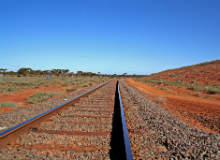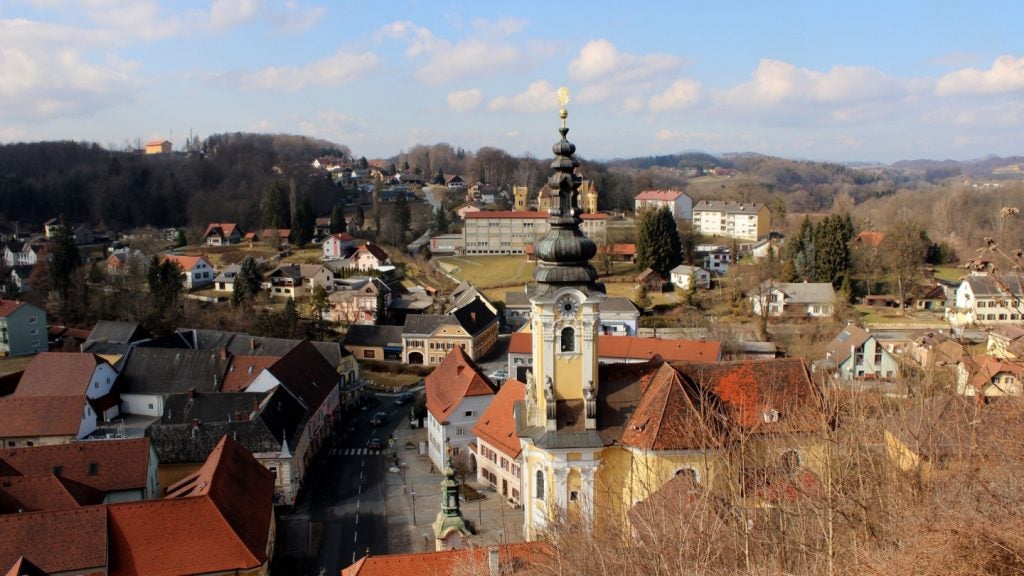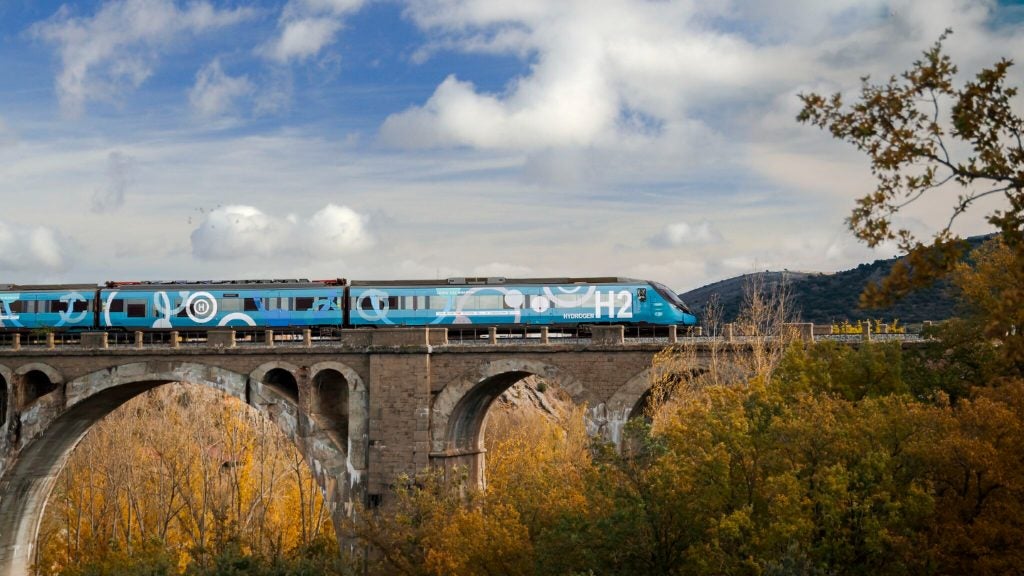
The pressure to move Inland Rail forward increased after the Australian railway network received little financial backing in this year’s Federal Budget, with most funds directed to road infrastructure instead.
As one of the few railway projects to avoid scrapping or suspension after the budget announcement, it holds a lot of promise: the price of freight carried on Inland Rail is predicted to be half of that applying to road transport.
Inland Rail, set to run 1,730km between Melbourne and Brisbane through central-west New South Wales and Toowoomba, first came into shape in 2006, when the first report detailing a possible route was completed. In 2008, the Australian government funded A$12m towards a comprehensive Inland Rail Alignment Study, published in 2010, which estimated the project’s cost at A$4.7bn and set its completion date in 2026.
The plan to build Inland Rail gained traction in 2014 when Deputy Prime Minister Warren Truss set up The Implementation Group to speed up the construction process. The group was tasked with refining the details of the final route, preparing land acquisition and, crucially, identifying new funding sources for construction. Their complete delivery plan and business case will be submitted to the government later this year.
Leading transport firms ask government for project commitment
The biggest commitment to Inland Rail to date was the A$300m awarded last year by the government towards pre-construction works, assessments and consultations, an announcement met at the time with enthusiasm by industry leaders, railway authorities and operators alike.
Despite the much-welcomed funding, several high profile parties have expressed concern about the slow pace at which the project has progressed. An open letter, written in May by a group of seven freight operators, publicly called on Prime Minister Tony Abbott to fully commit and speed up the construction of the railway line. Leading transport firms Asciano, Aurizon, Genesee & Wyoming Australia, Linfox, Qube, SCT Logistics and Toll commended the allocation of A$300m as “a serious start on this vital project”, but insisted that “it is time for governments to take the next step to finish the job”.
How well do you really know your competitors?
Access the most comprehensive Company Profiles on the market, powered by GlobalData. Save hours of research. Gain competitive edge.

Thank you!
Your download email will arrive shortly
Not ready to buy yet? Download a free sample
We are confident about the unique quality of our Company Profiles. However, we want you to make the most beneficial decision for your business, so we offer a free sample that you can download by submitting the below form
By GlobalDataThe Dutch rail network will run entirely on renewable wind energy by 2018 .
“Inland Rail is the smart solution to these freight challenges, and the best time to build it is now,” the letter reads. “For Australia to capitalise on its global opportunities we need to ensure we have transport infrastructure that efficiently links together all elements of the supply chain. Inland Rail […] will achieve this, completing a world-class national rail freight network and connecting our major capital cities, farming regions, mines and export ports.”
While the letter hasn’t received an official response from the government, in July, Truss announced Australia-based engineering firm GHD as the first tender of the project, a decision described by him as “a clear demonstration that real progress is being made and that [the government is] delivering against their commitment”.
What Inland Rail could bring to Australia
The freight volumes on Australia’s east coast are set to double by 2030 and triple by 2050, according to ‘Meeting the 2050 Freight Challenge’ report, published by industry body Infrastructure Partnerships Australia. The 2010 Inland Rail Alignment study predicted that the amount of land freight tonnage between Melbourne and Brisbane would grow to reach over seven million tonnes per annum (mtpa) by 2020 and more than 12mtpa by 2040. At the moment, only around 30% of freight along the corridor travels by rail. Inland Rail is expected to save up to 33% in costs compared to moving this amount of freight via alternative rail routes.
The project’s necessity and significant contribution to the economy seems to be the de-facto view across the board.
In a 2014 issue of Business Review, the Port of Brisbane said that Inland Rail “will create a truly national freight rail network, providing greater access and modal choice between Australia’s ports”.
“Ultimately, it will transform freight transport on Australia’s east coast,” the article read.
Similarly, the Australasian Railway Association (ARA) described it as “the single most important rail freight project” that would “complete the spine of the national freight rail network and enhance the overall resilience of the network, helping to meet Australia’s growing freight task and relieve pressure on the national highway”.
The open letter to Abbott also identified a number of key benefits that Inland Rail could bring to Australia. It argued that the network would reduce road congestion set to cost the country A$20bn annually by 2020, ease the environmental impact of freight transportation and provide a reliable route for agricultural and mining freight, helping competition on the global market.
In addition, Truss was quick to highlight that both regional suppliers and the job market would benefit considerably during the ten-year delivery of the project.
Soon after the budget was announced, interim chairman of the ARA Bob Herbert called for future reassurance that Inland Rail would still stand: “We are hoping for a stronger, clearer and more significant long-term funding commitment to Inland Rail from the 2016-17 budget,” he said at the time.
What is holding it back?
Despite the government’s repeated promise to “fast-track” and “kick-start” the project, its delivery so far has been met with a number of hurdles.
Last year, Tony Abbott received harsh criticism from Shadow Minister for Infrastructure and Transport Anthony Albanese, who accused the PM of “breaking his promise” to advance Inland’s development. Albanese highlighted the fact that the A$300m introduced as part of the 2014-15 budget was originally allocated in 2011 by the Labor government, meaning no new financial contribution was made to lift the program off the ground.
At the time, Implementation Group chairman John Anderson defended the move by saying that, while future funds would be needed for further developments, they were not required at the time: “There are sufficient funds presently available for the pre-construction work to continue.”
Anderson also admitted that “Inland Rail is a bigger project than expected.”
“It has required significant additional work to develop the business case and delivery plan, and to ensure that it is robust,” he said. Other delays in the work were reportedly caused by the change in Queensland’s government at the time.
A similar action was taken this year, when the budget for 2015-16 effectively “re-allocated” the same A$300m toward Inland Rail, with no other promise of future funding for the time being.
These hurdles could be explained by “optimism bias”, a concept brought forward by the Rail Tram and Bus Union (RTBU) in their assessment of Inland Rail, submitted to the Implementation Group in 2014.
A reconfigurable railway carriage that can carry passengers or freight when required.
“Decisions about rail infrastructure projects in Australia have consistently failed to live up to expectations over recent decades,” RTBU’s report reads. “Major rail projects have often been characterised by substantial cost overruns, construction delays and over-ambitious volume forecasts.”
“The RTBU has concerns that the Inland Rail project, as it is currently configured, has failed to consider the future needs of the rail freight industry and failed to address the failings of past rail infrastructure projects.”
The Union raised issue with the proposed alignment of the route, saying that the plans to build new tracks within existing rail corridors could “fail to deliver the level of improvement needed to make rail freight competitive with other modes over the long term”.
Inland Rail is not a strong contender for passenger traffic either. According to the 2010 study, passenger services along its route would fail to compete or bring any financial gains, especially since the path overlaps with the “third most travelled passenger air route in Australia”. At the same time, a passenger-focused transit model would require extensive tunnel and signalling works, significantly raising the capital investment and the overall cost of the project.
So far, the project still has a long way to go. According to an online government “promise tracker”, as of May 2015, only $31m has been spent, with $100m to be allocated in 2015-16, a further $100m in 2016-17 and $69m in 2017-18.
The final report from the Implementation Group, arriving this year, is expected to disclose how, and how fast, these funds will be spent to finally turn Inland Rail into a reality.







